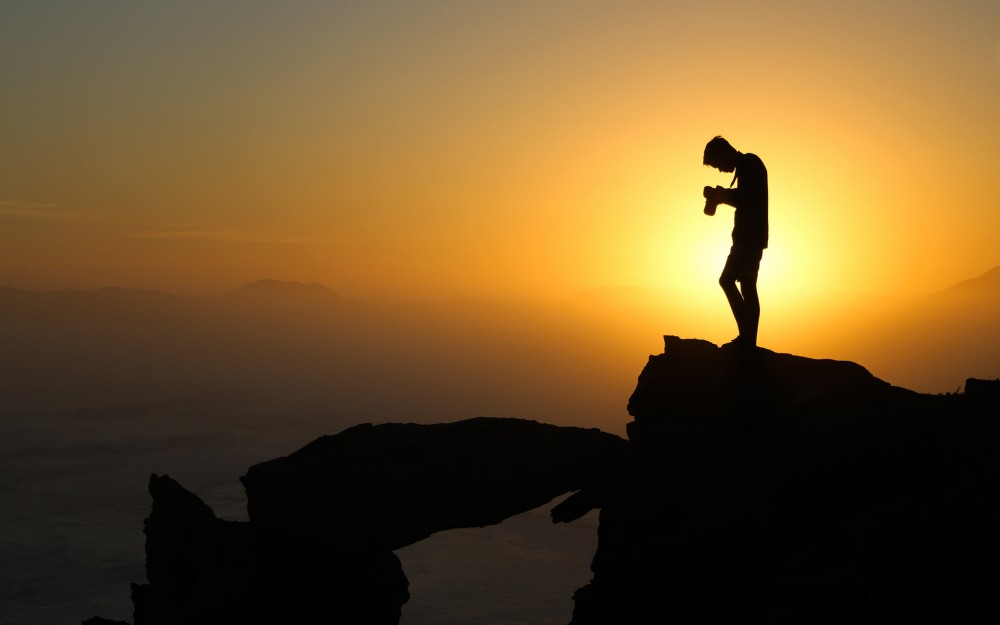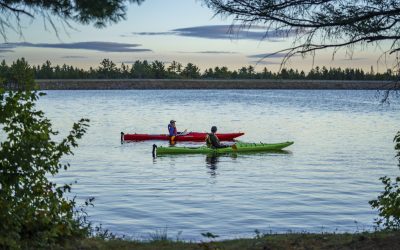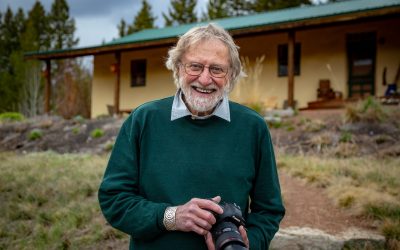Influencer trips are becoming ubiquitous for destinations, but not all trips are created equal. A trip’s effectiveness will vary depending on a destination’s research and the approach it takes. Here are 8 tips for destinations that are wading into the waters of influencer trips or that want to see a better return on investment (ROI) from their efforts.
1) A blog trip is not a press trip
Too many trips miss the mark because a press trip was used as the template for a blog or influencer. Most press trips follow a “standard” format, whereby a trip is planned in detail by the media team, the destination hosts the writer/photographer/video crew for a certain amount of time and then waits for the piece(s) to be published.
Influencers and bloggers often have different motivations from traditional travel writers. They also work with different schedules, deadlines, and approaches to publishing content. Some don’t even have a home base, and live on the road. Some, maybe a lot, don’t even want to be hosted. They just want to do their own thing. Some publish fast, often in real time, some take longer.
When planning a trip, think about your objectives. For example: do you want lots of content in the moment or would it be okay to wait for (better quality) content? This makes a difference. Do you want copy, photos, video? This makes a difference. What niches are you after? There’s a long tail of influencers for pretty much every criteria. There’s a blogger who travels the world dancing. There’s a blogger who travels the world singing karaoke. There is an influencer for everything.
Don’t stay in organizational silos, either. Work together with the right people in your organization to create an influencer trip. Does your online team (or any staff member who is participates in whichever niche community you’re trying to reach) know more about certain influencers, what they’re into and how they use social media channels? They might be better suited to the task of identifying the best people, while the media team can help create or arrange the itinerary based on the info from the online team.
2) Invest time to find the right bloggers
A lot of destination marketing organizations (DMOs) are passive about influencers. They wait for one to contact or approach them, and deal with things as they come. But there are hundreds of travel writers and influencers and more who start new pages or social accounts every day. Be strategic: it’s better to be pro-active and invite an influencer based on your set criteria. Think about objectives and refer to them diligently when looking for influencers – sometimes the one with the biggest numbers isn’t going to do the trick. Even as requests come in, have a checklist ready to quickly assess what you’re going to do with them, and identify in advance what sort of influencers are deemed priority based on your marketing strategy, and then consider partially hosted or discounted trips for the others. It’s good to have a rationale to give influencers and stakeholders.
How does a destination find the right influencer? Here are 9 important criteria to consider.
3) When selecting influencers, don’t just focus on web traffic
Why are all destinations obsessed with reach? It’s old-school thinking, i.e. “it’s better to get my message to 10,000 people who don’t care, than 1,000 who do.” Web traffic is not completely irrelevant, of course, but it’s only one aspect for a destination to consider.
Web traffic can also be misleading. For example, a blogger could get 20,000 visitors a month to their blog. But maybe 80% of those visitors are going to three past posts that rank high in Google because of good SEO or a cross-promotion that drove traffic there. Readers may never see the content about your destination. A more important metric is repeat visitation; this indicates the people who are loyal readers and are more likely to be influenced by the piece about your destination.
4) Rethink your measures of success
If the objective isn’t to get a message in front of as many people as possible, then what is it?
A traditional travel writer will produce a piece, and the DMO will measure the Ad Equivalency against the objectives. Learn about a new model for measuring ROI, the Potential on Investment (POI). Bloggers and influencers can do a lot more, including page takeovers, series, Instameets, Twitter chats and general engagement across social media channels, plus so much more. An influencer who meets your criteria and who is passionate about coming to your destination is great to work with.
5) Build lasting relationships
This is social media. It’s meant to be social. Most influencers like to meet people and make friends around the world. A lot of bloggers/IGers/photographers also like to meet others. If you or your socially savvy staff build relationships with influencers, it’s better for everybody. And don’t limit it there, either. Connect with local influencers, especially if they operate in niches. Someone who is passionate about skiing will probably stay in touch with someone else who’s passionate about it.
If you have a good relationship with an influencer, they will also likely a) produce more content b) retweet your content when relevant c) come back for another visit d) refer other influencers e) bring their old content back to the front over time or f) help a destination out during aligned campaigns, by amplifying its content.
6) Think outside the box; influencers can offer much more value than a few posts
This is related to #4. A lot of influencers are very talented content professionals. Many seek opportunities to fund their travels, as well. Need destination photography? Make it social. Hire an awesome influencer photographer to do the shoot rather than your old standby brochure guy. They will do great work and share it with their own community as well. Why hire a writer or photographer who produces content in the dark?
In this case, make sure you pay your influencers well – not for posting in their own channels but to produce content for your channels. Be transparent about it, set out expectations and be prepared to negotiate. And don’t make specific demands or have expectations about the content they post, if it’s in their own channels.
7) Wi-fi everywhere, all the time
If this is not a standard feature of every influencer trip, you’re doing it wrong. Ensure that a visiting influencer has a wi-fi hotspot, a SIM card etc., to ensure that when they see something that they like and want to share it, they can do so in the moment. (If that’s how they publish. Some influencers will publish on Instagram for example, only once daily. Don’t expect them to do more. But it doesn’t mean they won’t want to share their travels on their Twitter account, as well.)
Many influencers tweet, Instagram, Snapchat and blog in real time. Disconnecting them from the Internet means this may not happen, and is a real missed opportunity. And never, host an influencer in a hotel that doesn’t have good wi-fi, unless the accommodations are meant to be remote or off the grid. In this case, have a conversation about publishing and sharing in remote areas beforehand and agree on deliverables.
8) Personalize and build in free time
Every influencer is different and most have a passion for travel and a background in writing or photography. They’re used to being independent, and the good ones know what their audience likes. Tailoring the trip to the individual is logical, but a lot of DMOs resort to the “destination top 10” for everybody. This is a wrong move. Spend the time researching each influencer and their interests. A destination may be amazed by what a photographer or writer gets excited by and chooses to share. Learn about their interests by reviewing their content carefully before booking them. It will be apparent if they’re more interested in photographing street art down an alley or the postcard-perfect town square you wanted them to.
Free time is also very important. Influencers like to do their own thing, and need time to produce content. When Visit Flanders invited about 100 influencers for their “Flanders is a Festival” influencer campaign in 2012, influencers raved about the itineraries that the DMO created. The itineraries were customized to the influencer’s interests, short, and gave recommendations rather than directives. To support stakeholders, welcome packages or itineraries simply included discount coupons that could be redeemed). Most of the trip was at the influencer’s discretion.
Along with personalized tips, maps and a portable Wi-Fi hotspot, each influencer was also paired with a DMO contact in case they did want to be hosted or needed extra information. The extra effort paid off and the results were tremendous. Many influencers created more content than expected because they felt so well-catered to.
Editor’s note: This post has been updated from its original version, which first appeared on William Bakker’s Destination Marketing Blog.
Related reading: Case Study: How Tourism Gelderland shifted to consumer engagement by focusing on a niche experience
Featured image credit: Jared Hersch, Flickr










William – I tend to agree “there is an influencer for everything” however we are still coming up short in finding a good social influencer for the long haul RV sector. Social might not be the right channel to reach this market now but we have been laying the ground work for the future. Chat soon buddy.
Clint
Exception to the rule? Or maybe you’re looking in the wrong places? Have you checked out Wheelingit.us?
How to find the best influencer?
🙂
Another tip I’d add is that a contract agreement can is fundamental to setting expectations from both the DMO and influencer on the engagement, the trip, and what happens post-trip.